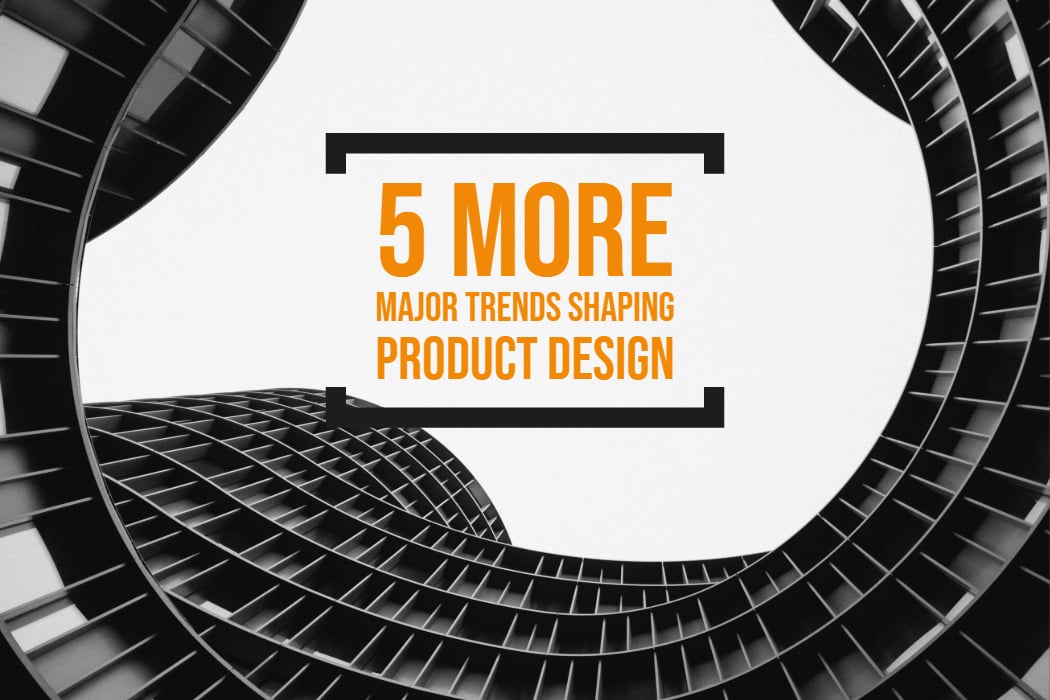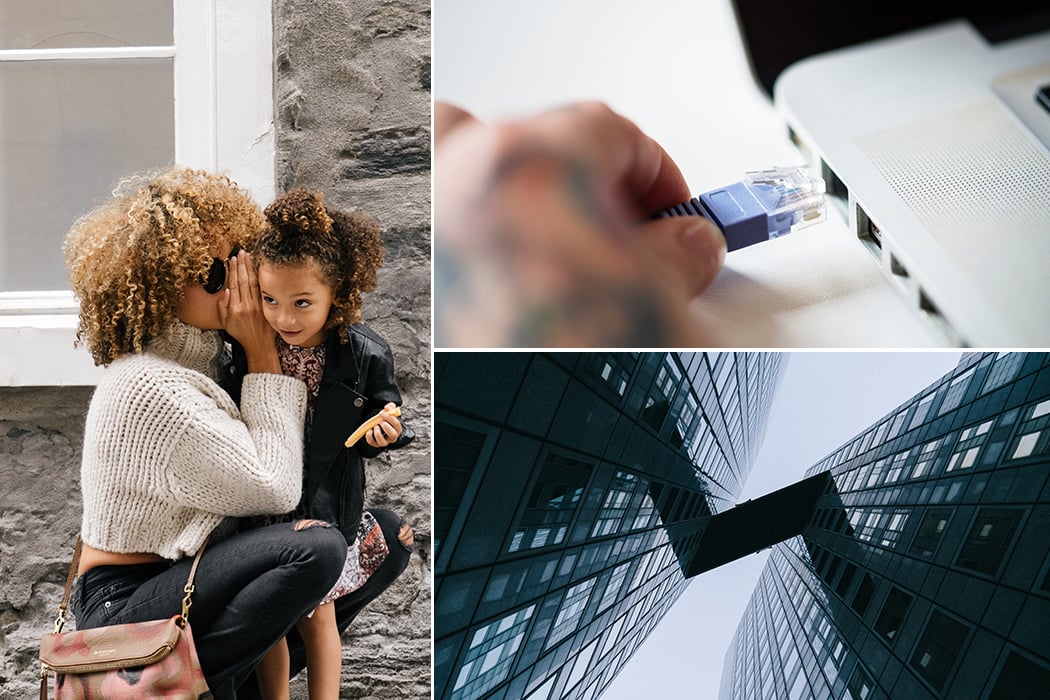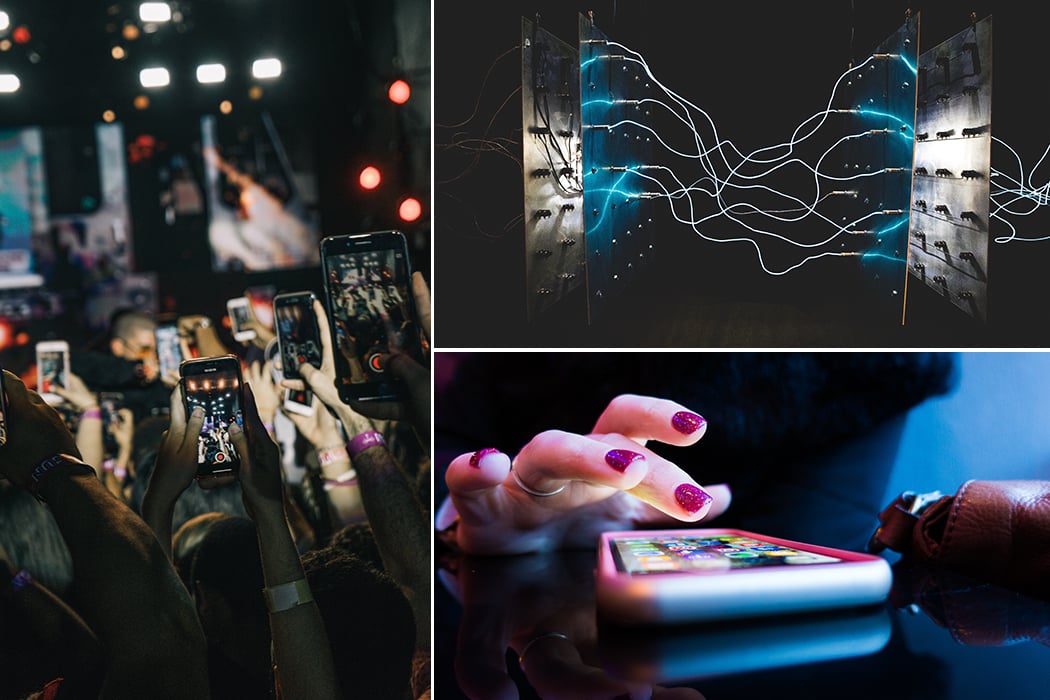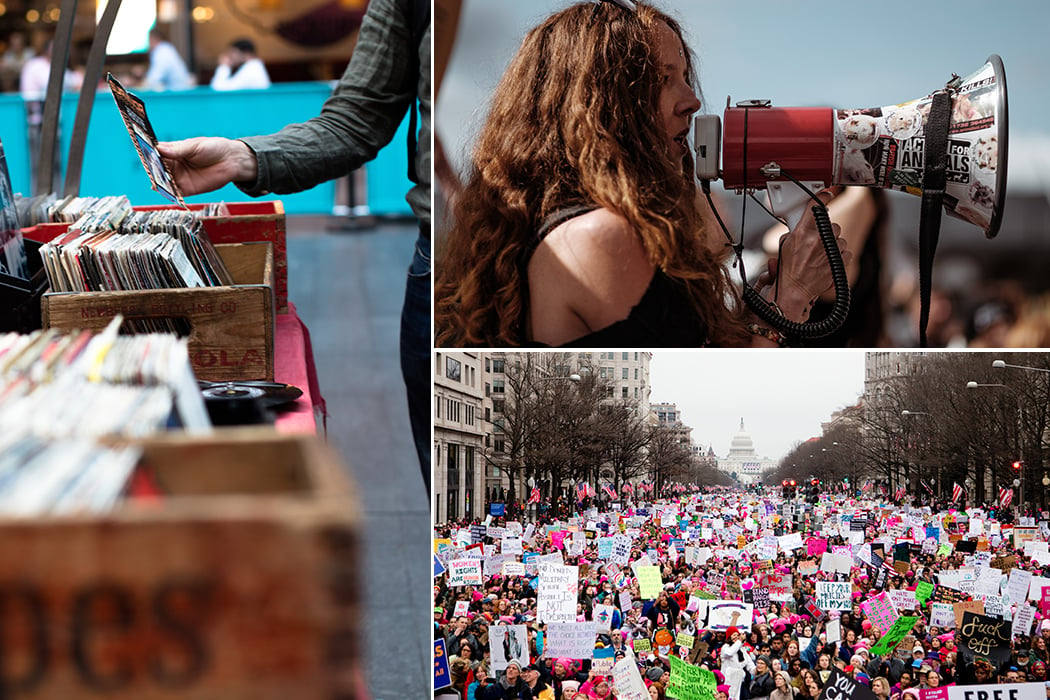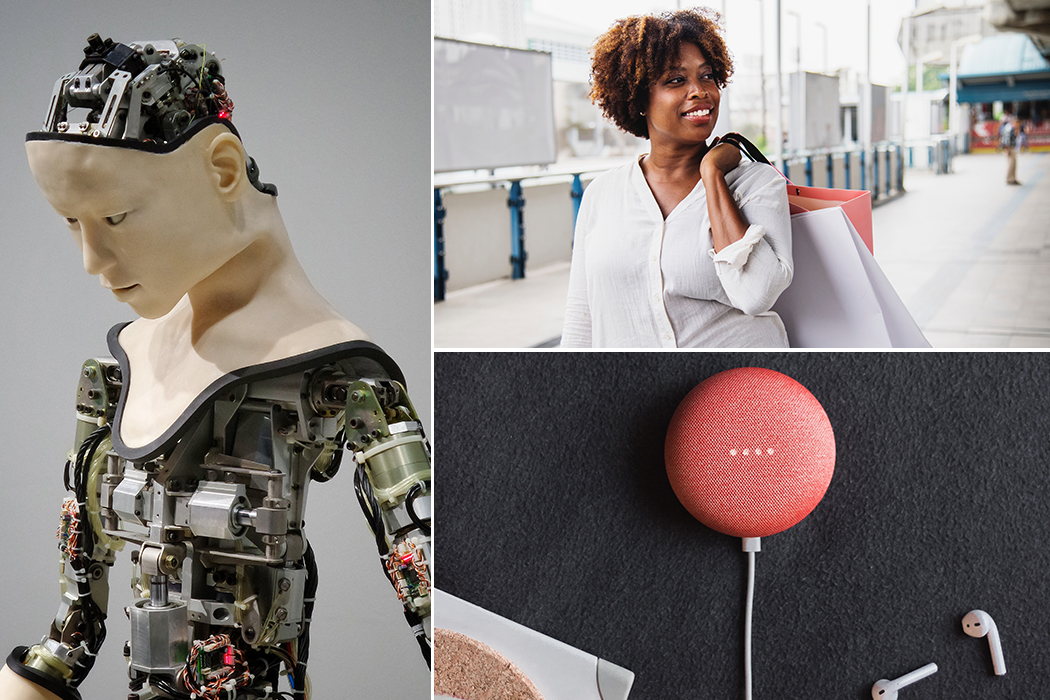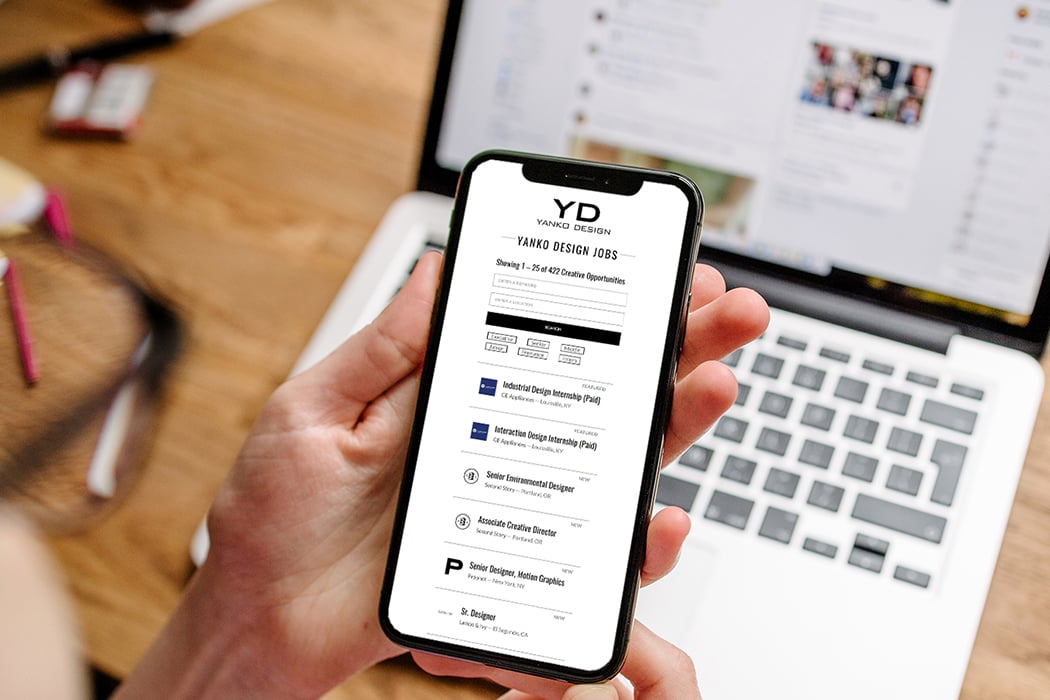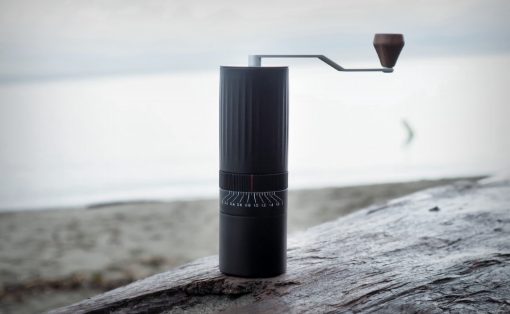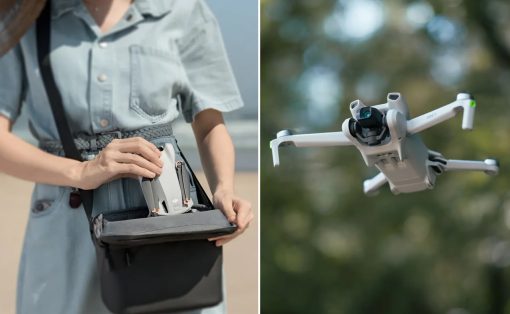Last week we walked through the 5 major trends shaping product design. The trends covered there speak of the current positivity wave, with most people looking to live a more wholesome, fulfilled life. In part 2 of this series, Ryan Chen (Director of Design & Innovation Strategy at the Bressler Group) talks about five more points he considers pivotal in shaping up the future of product design.
Looking to hire a talented designer? Post a job with us to source the best talent for your requirement.
Want an amazing internship or job opportunity? Check out YD Job Board to work at some of the best design companies in the world.
The Five Global Megatrends I wrote about last month touched on a number of fundamental shifts in consumer and social trends, and their implications for design. The picture they painted was of a more pared down, meaning-focused world, where just enough is better than too much, focus is better than distraction, and well-being trumps getting ahead.
But they only paint a partial picture of what the next decade is going to look like — there’s also a lot changing in the way we communicate with each other, our ability to impact the world around us, and our expectations for products and services to understand and adapt to our needs. To get a full understanding of what’s going to change in the next five to ten years, and how brands and organizations need to change in order to stay relevant, you need to go deeper.
These next five megatrends plumb the depths of identity, community, and meaning, revealing some sky-high expectations from consumers, but also an increased willingness to form lasting relationships, especially with communities (and products) that treat us as individuals rather than just wallets or eyeballs.
6. Radical Personalization
Never before has it been so easy or cheap to personalize products and experiences. Where bespoke and highly targeted offerings were once reserved for the wealthy and sophisticated, such customization is now commonplace, for everything from laptops and athletic shoes to vacations and medical advice.
Part of the appeal is function: a personalized product satisfies your specific needs more completely and efficiently than a one-size-fits-all alternative. But the emotional aspect is perhaps even more important. If you want to build a true connection between consumer and brand, there’s nothing more direct or more certain than giving them something unique, that shows you know them and understand their individuality like no one else does.
What’s driving this trend?
- Digital services are naturally easier to customize (digital stickers in social media, recommendations based on browsing history, etc.), pushing consumers to expect higher levels of personalization offline as well.
- Technologies like 3D printing and rapid prototyping make customized products feasible to produce at scale, at a far lower cost than in the days when personalized automatically meant made-by-hand.
- An explosion of available data means the information needed to create a personalized product or service has already been gathered. All the customer needs to do is give permission for it to be accessed.
What does this imply for design?
- Customization still often comes at a premium, so target niche users who stand to get the most out of it. IKEA’s user-specific 3D-printed chairs, for example, are aimed specifically at the hardcore gamer crowd.
- Seek personalized offerings that reinforce your brand direction. Nestle’s Wellness Ambassador service does this by using customer-supplied genetic data to make diet and supplement recommendations, in keeping with its pivot in recent years away from sweets & snacks, and toward health-conscious living.
- Recognize the difference between pragmatic and emotional personalization: it doesn’t always have to provide technical benefits. Candy store Lolli & Pops, for example, uses facial recognition to alert sales associates when VIP customers enter, giving them a list of preferences and allergies so they can make more personalized recommendations.
7. Search for Authenticity
More abundant, more probing media and the rise of fake-everything means consumers rarely take things at face value anymore. And in an era when anyone can publish content, there’s no reason to rely on the traditional sources for our information. All of this makes it much harder for brands to convince consumers that they’re for real.
“Symmetry of Information” is one of the most promising responses to this skepticism: the idea that customers should know as much about the brand as the brand knows about them. While marketing campaigns are often met with skepticism, a clear window into the workings of the company is hard to dismiss, especially if it comes with a shift in policy, away from misleading images, statements or practices.
What’s driving this trend?
- A social media and political climate in which traditional sources of reliable truth are increasingly seen as untrustworthy.
- Cynical corporate practices around environmental responsibility and labor practices are harder to hide, leading to declining faith in once-trusted brands.
- The rise of small, socially conscious startup brands and citizen media are giving real alternatives to traditional commercial and media channels, and an opportunity for consumers to find new brands that more closely resonate with their own values.
What does this imply for design?
- Give consumers a little credit — they don’t necessarily need every video, photo, and testimonial to be flawless. Suave’s “Hair You Can Believe” campaign and Dove’s “No Digital Distortion” mark, for example, both attract followings among customers tired of unattainable standards of beauty and perfection.
- Look inside your organization for qualities to celebrate externally. Fashion brand Everlane has built a huge loyalist base (and grown 100% annually for five years now) by exposing every detail of its business, from manufacturing costs to tours of the factories where its clothes are made.
- Invite real customers to participate in marketing messages. Lush Cosmetics now sources spokespeople from among its “superfan” customers, who make up in enthusiasm and authenticity what they might lack in adherence to traditional norms of photogeneity.
8. Connection/Disconnection
For decades, technology and telecommunications have worked relentlessly to give us more access, more information, more communication — and now it seems we’re victims of their success. Bandwidth is so cheap and communication channels so abundant today that choosing when and how to be connected has become a treasured capability.
Increasingly, this means services that make connection easier with the right people or information, while providing more fine-grained control over who we interact with, when, and in what context. In some cases, it can also mean disconnecting, as evidenced by the proliferation of “digital detox” vacations and device-free events.
What’s driving this trend?
- Smartphones, connected devices, ubiquitous WiFi, dozens of messaging and sharing apps, all conspiring to keep us communicating non-stop, whether we like it or not.
- Increased competition in digital services means one size no longer fits all. Consumers can choose the platforms that make the most sense for their situation and desired communication modes.
- Greater awareness of the downsides of constant connection. The latest research identifies developmental effects of too much screen time on kids, as well as the emotional burden of being “always on”.
- Increasing social isolation, as younger generations delay marriage and move more frequently than their parents. This has created a critical mass of digitally-savvy solo consumers, eager for connection but wary of unmoderated interactions.
What does this imply for design?
- Consider offering alternative versions of existing products and services, to address different styles of browsing and communication. Dating apps are a good example, with a landscape that includes image-first (Tinder), conversation-first (Taffy), women-first (Bumble) and algorithm-driven (Match, OkCupid) approaches — each of which has a loyal audience.
- Look for new ways to serve solo customers, by connecting them with each other to share costs and experiences in a curated way. Co-working spaces like WeWork and ridesharing apps like UberPool make this effortless and relatively secure.
- Create services that put a moderation layer between strangers who still need to communicate. Airbnb and eBay have been doing this for years; more recently, apps like MoveCar allow residents of Chinese cities to leave virtual notes for their neighbors, asking them to move vehicles without fear of awkward or dangerous interactions.
9. Empowered Individual
The line between consumer and producer has been blurring for years, with newly democratized tools for producing and publishing content, and communications platforms that allow entire new movements to spring up practically overnight. For companies this can be a two-edged sword: empowered individuals can be tremendous marketing allies, merciless critics, or even upstart competitors.
Many brands are seizing on this fluidity as a source of ideas and a way to activate their customer communities. It’s still early days though, and a poorly executed customer engagement effort can easily come across as a cynical attempt to exploit authentic social connection for commercial gain.
What’s driving this trend?
- Social movements are exploding, from #MeToo and grassroots political campaigns to environmental protests and pro-housing YIMBY activism. More than just making noise, they’re affecting real change in the lives of millions — including consumers.
- User reviews are so credible and so easy to leave that they’ve largely supplanted marketing and professional reviews, for everything from restaurants to taxi rides to people’s homes.
- Powerful, easy-to-learn tools have transformed a wide range of creative endeavors, making tasks that once took a roomful of seasoned professionals achievable with a laptop or smartphone.
- Investment and commerce have been democratized too, with crowdfunding and sales platforms designed for broad access, and blockchain promising to remove the need for central controlling authorities in many transactions.
What does this imply for design?
- Take a page from independent makers and use crowdfunding platforms to try out experimental product ideas. LEGO did this recently, proposing the FORMA line of mechanical kits on IndieGoGo, and using the launch to solicit feedback and build buzz while testing the concept’s appeal with a new audience: adults.
- Look for opportunities in the peer-to-peer (“sharing”) economy created by new technologies. South Korean ridesharing app TADA, for example, is taking on Uber by using blockchain payment utilities to cut out the middleman, letting drivers earn more per ride.
- Crowdsource new products and features — carefully. Fashion label Nyden uses Instagram stories to get feedback on new designs, inviting followers to vote on their favorites. This is different, though, from simply asking users to design something for you from scratch, which can appear exploitative, and rarely produces good results.
10. Consumer Remapped
More granular information about customers and more powerful ways of processing it are giving companies unprecedented insight into who’s using their products and services, and what their interests and needs are. This has the potential to revolutionize market segmentation, making it far more granular, and accurate, while also letting customer service associates know more about who they’re talking to when offering assistance or solving problems.
The results of all this insight can upset accepted wisdom: it turns out that consumers are more likely to fall into a spectrum than a series of buckets. Some skateboarders are girls, some makeup users are men or transgender, and some NBA fans are disabled. In the past these were dismissed as niches too small to address, but with today’s informational and personalization tools, they’re sources for growth — and intense loyalty for the brands that get there first.
What’s driving this trend?
- Big Data, in all its glory. As consumers travel through their connected lives, they leave a massive trove of information about their interests, habits and social connections.
- Machine learning and improved processing algorithms are making it easier to draw meaning out of the petabytes of data now available.
- Multi-culturalism is becoming the norm, with ever more mobile societies, and significant fractions of North American and European kids identifying as multi-racial.
- Consumer expectations for personalized experiences mean more than just being able to ask for something specific. They want to be known, and to see brands proactively shaping products and services for them, without effort or fuss.
What does this imply for design?
- Over-reliance on traditional demographic segmentation like age, income level, gender, and education is becoming a liability. Conversely, more granular consumer insights can translate directly into new offerings, such as a recent special issue from Vogue, focusing on readers over 60.
- “Inclusive design” is no longer just to satisfy policy or demonstrate virtue. Properly done, it can also signal to underserved consumer groups that they are valued and welcome, as with Sephora’s makeup classes for transgender customers, or the NBA Store’s efforts to make its NYC location more comfortable for autistic shoppers and those suffering from PTSD or dementia.
- Use the customization potential in new technologies to show customers what’s uniquely relevant to them. UK fashion retailer ASOS, for example, is using Augmented Reality to let customers view clothes on a variety of body types, going far beyond the typical 5’10” size 2 model.
The original write-up on the Bressler Group blog by Ryan Chen can be found here.
Yanko Design has a long established designer following that you can connect to by publishing your requirement on our network. We know that YD Job Board will connect you to the best designers as they follow the best content published by us. Post a job and get featured on our extensive Social Media network.

